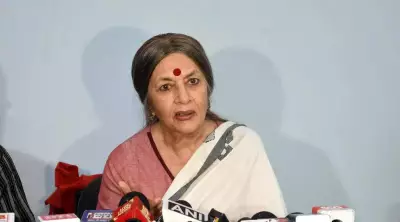
In the rich tapestry of Bihar's political history, one chapter stands out for its brevity and significance - the seven-month tenure of Abdul Ghafoor as Chief Minister in 1973. This period represents one of the shortest chief ministerial tenures in the state's history, yet it offers fascinating insights into the political dynamics of the era.
The Political Landscape of 1970s Bihar
During the early 1970s, Bihar politics was dominated by the Congress party, but internal factions and leadership challenges created a volatile environment. The state witnessed frequent changes in leadership as different power centers within the party vied for control.
Abdul Ghafoor's Rise to Power
Abdul Ghafoor assumed the chief minister's office on July 9, 1973, succeeding Kedar Pandey. His appointment came at a time when the Congress party was navigating complex internal dynamics and responding to various political pressures.
The Brief Tenure: Key Challenges
During his seven months in office, Ghafoor faced numerous challenges:
- Political instability within the ruling party
- Administrative challenges in governing the state
- Economic pressures affecting development initiatives
- Factional politics that undermined governance
The Sudden End
Ghafoor's tenure came to an abrupt end on February 9, 1974, when he was replaced by Jagannath Mishra. This quick transition highlighted the fluid nature of political leadership during that period and the constant reshuffling within the Congress party.
Historical Significance
Despite its short duration, Abdul Ghafoor's chief ministership remains an important reference point in Bihar's political history for several reasons:
- It exemplifies the political instability of that era
- It represents one of the shortest tenures in Bihar's history
- It reflects the internal dynamics of the Congress party during the 1970s
- It serves as a case study in political transitions and leadership changes
Legacy and Rememberance
Today, Abdul Ghafoor's brief stint as chief minister serves as a reminder of how quickly political fortunes can change. His tenure, though short, is recorded in the annals of Bihar's political history as a significant, if fleeting, chapter in the state's governance.
The story of his seven-month administration continues to interest political analysts and historians studying the evolution of democracy and leadership patterns in Indian states.





